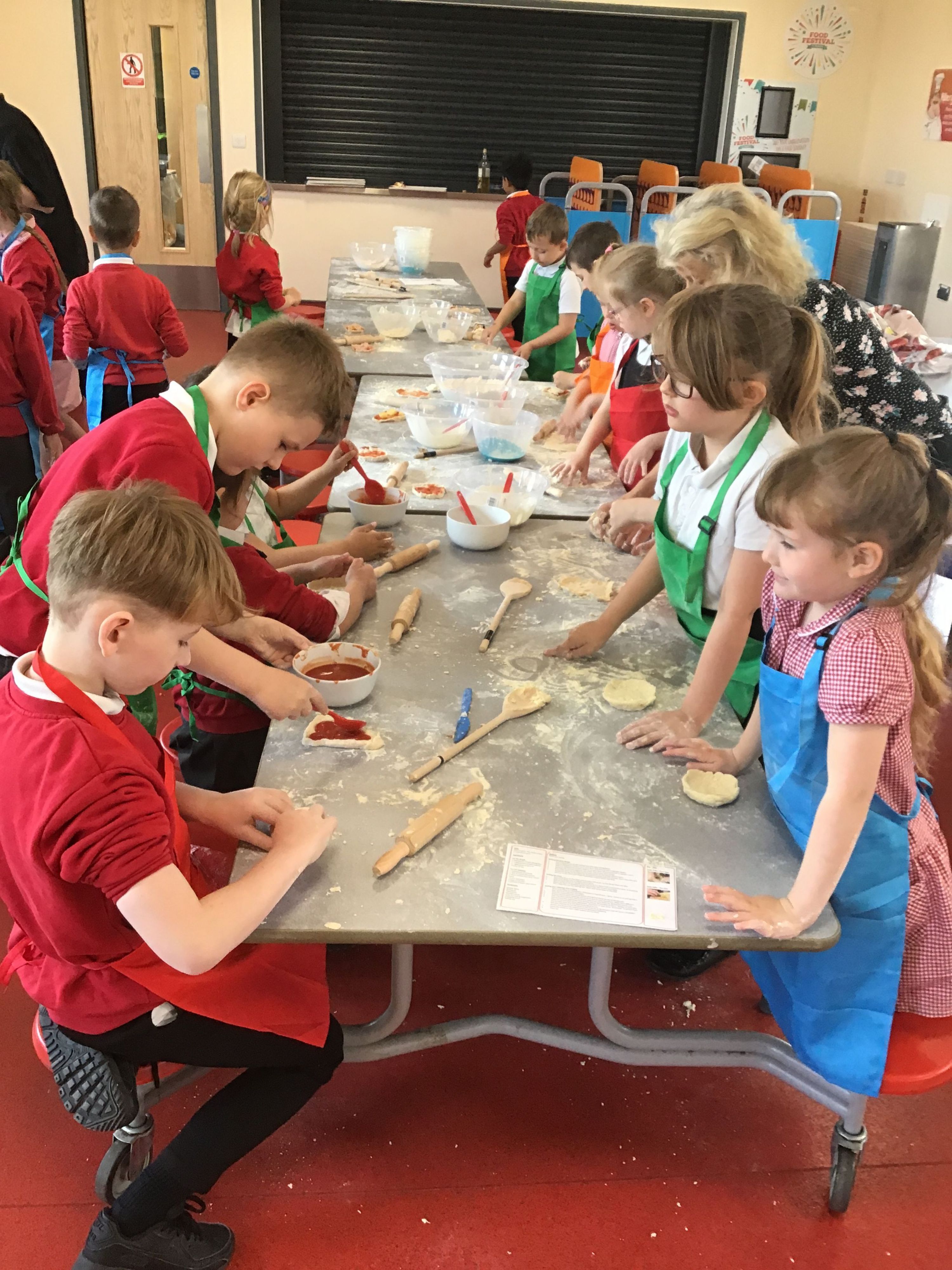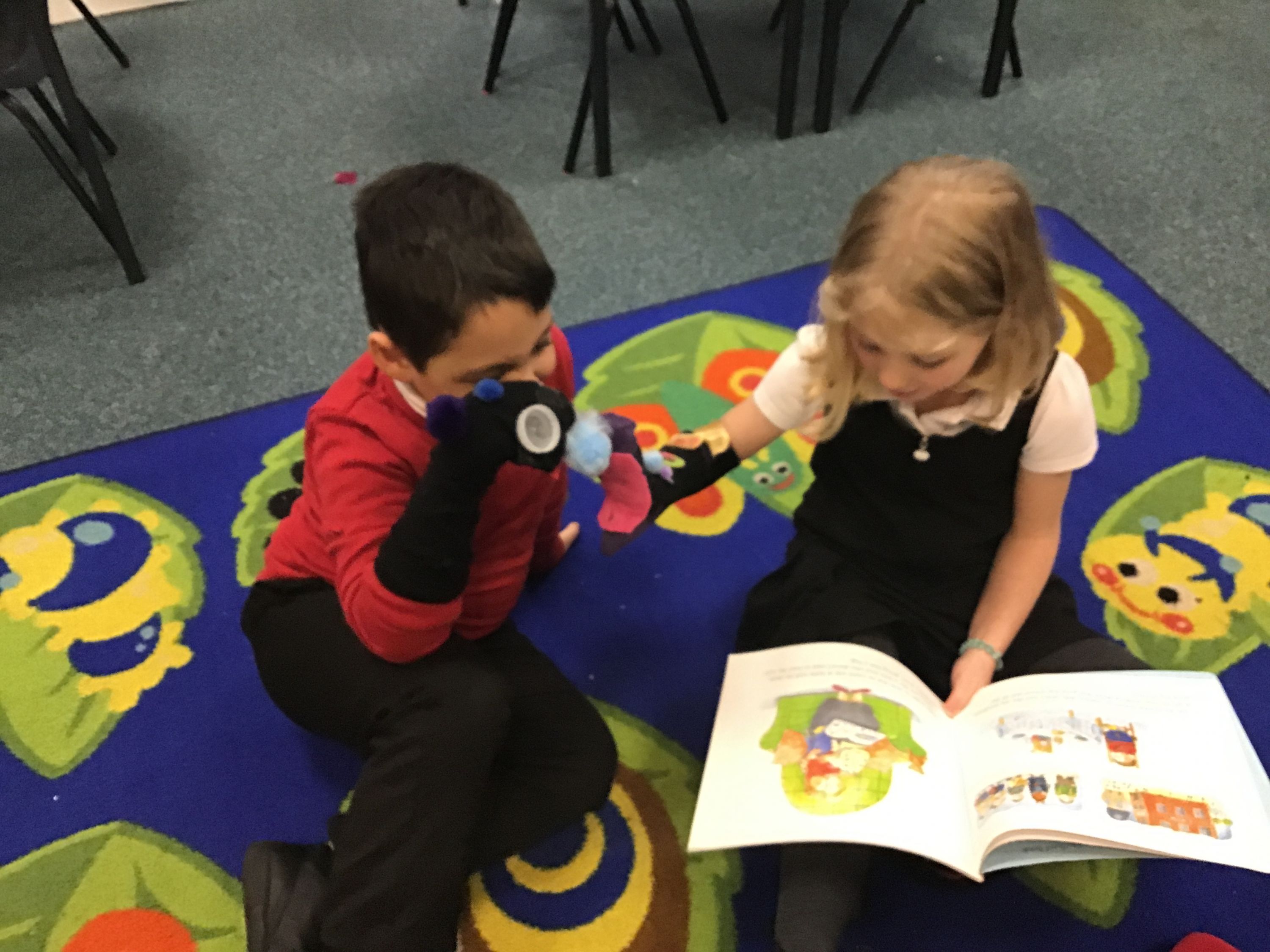Design Technology
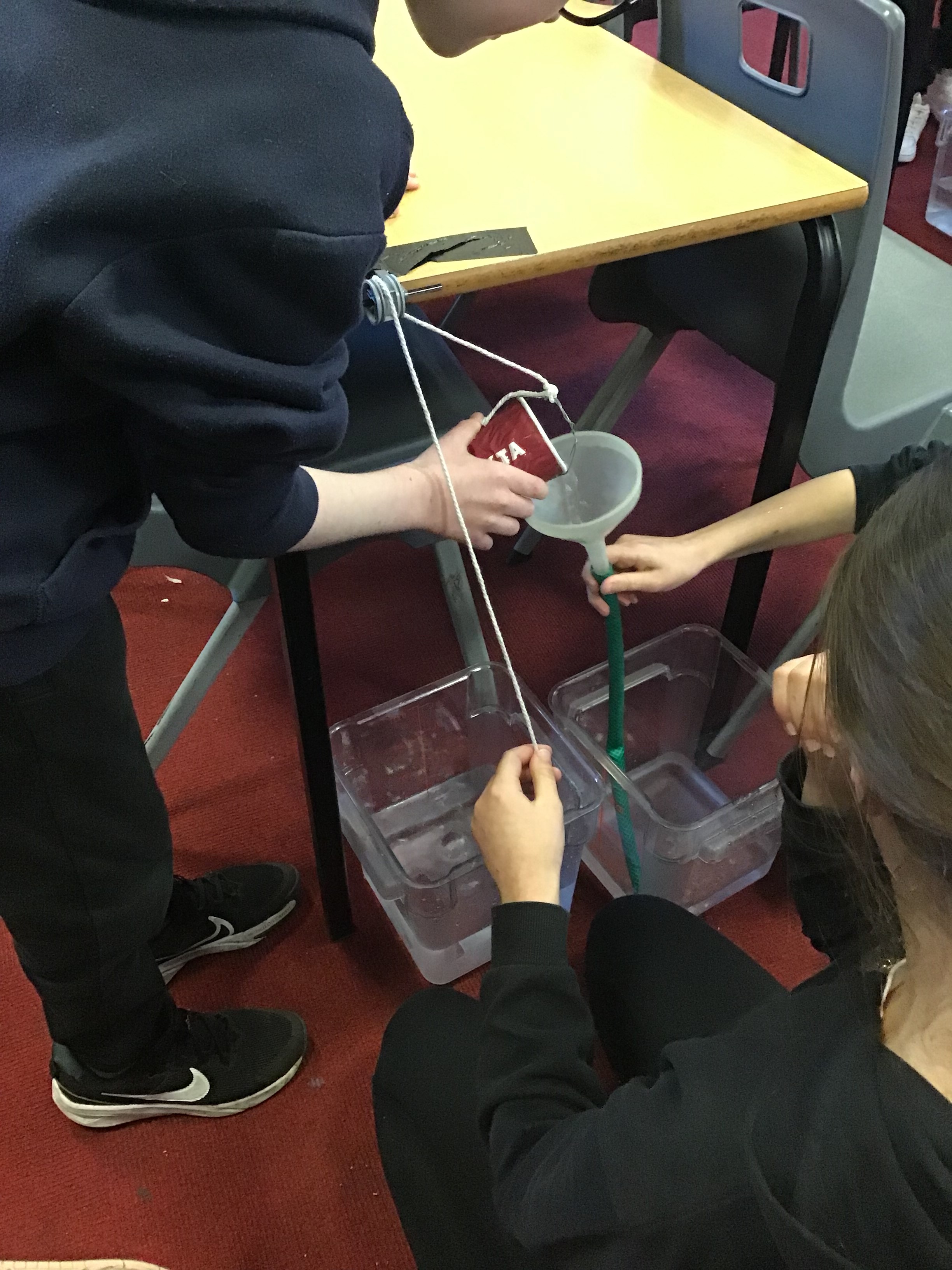
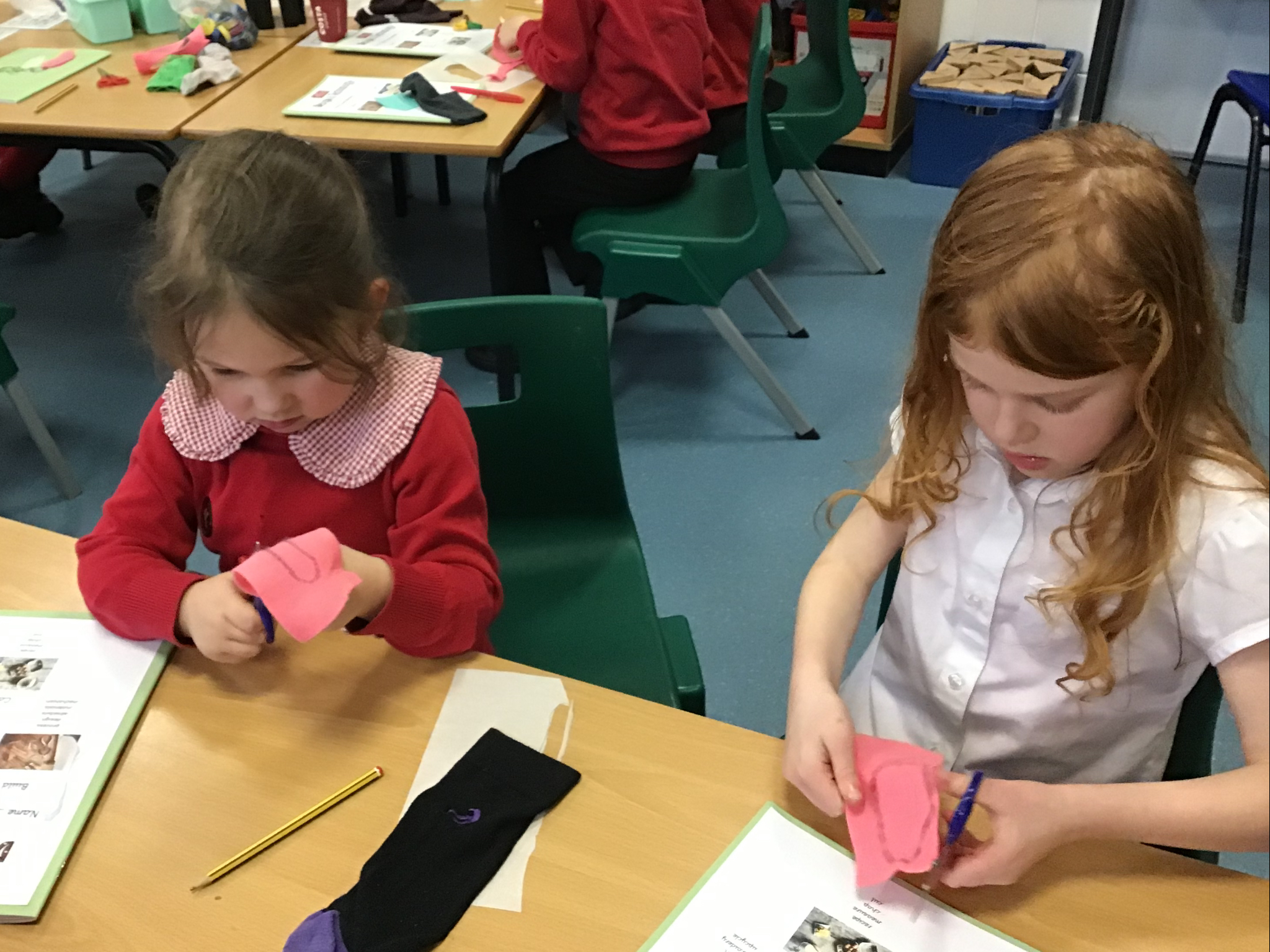
Norwich Road Academy’s Design Technology curriculum is a knowledge-rich curriculum delivered through the Primary Knowledge Curriculum (PKC). The curriculum allows our children to exercise their creativity through designing and making a range of products.
Children are taught to combine their skills with knowledge and understanding, including that from other curriculum areas, in-order-to design and make a product. The Curriculum is delivered alongside the PKC Art, Science and History curriculum, as parts of it directly relate to areas of knowledge which the pupils acquire in these subjects. This allows children to approach their study of design and technology with a degree of confidence and ‘expertise’ and to consolidate their knowledge by creating connections between the different disciplines. It should be noted that the curriculum does not include the study of digital programming and computer aided design as these elements of design and technology, as specified in the National Curriculum, are covered in the computing curriculum.
The curriculum is split into three different areas: ‘cook’, ‘sew’ and ‘build’. Each year group will complete a unit of work in these three different areas once a year. Each unit specifies the concepts and skills which the children are expected to learn over the course of a unit.
In ‘cook’ children learn to cook from recipes which gradually build basic culinary skills, culminating in year six with the creation of a mezze-style meal requiring the pupils to produce various small dishes. Whilst studying these practical skills, they learn about concepts relating to food such as nutrition, seasonality, food production, transportation and food from different cultures.
In ‘sew’ children practise using fabric and thread to learn basic sewing techniques to create objects which demonstrate embroidery, appliqué, weaving and plaiting. Concepts such as the properties and creation of different fabrics, fast fashion, industrialisation, waste, recycling and pollution are interwoven into these activities.
In ‘build’ children learn about the creation of structures and mechanical and electrical devices to create products such as cars, moving cards, toys and books. This culminates with year six learning to consider the user in real life, designing a water wall for children in reception. Once again, the practical process of designing and creating a product is interleaved with learning about concepts which have a bearing on what children make. These concepts, for example, force, motion and the properties of materials are often connected with those encountered in the science curriculum.
The sequence of lessons in the ‘sew’ and ‘build’ areas of study follow a structure to enable the children to become familiar with, understand and practise the process of design: research and investigate, design, make, use and evaluate. The planning for each unit of work specifies the product the children will make, the purpose and user of the product. This specification acknowledges the importance of purpose and user in the design process. Throughout the course of the lessons, the children explore existing products and their uses, generate ideas and designs by creating drawings and prototypes against criteria which they devise having considered purpose, function and appeal. Evaluation of these criteria concludes the process. Discussion is an important part of this process, as is consideration of the properties of potential materials and the choice of tools. Learning about fundamental concepts, skills, developments in history and understanding of the influence of key individuals in the field are interleaved into this process-driven structure. The children's understanding of key skills and concepts builds from year to year, assessing and cementing prior learning, and therefore the implementation of the curriculum in the given sequence is crucial.
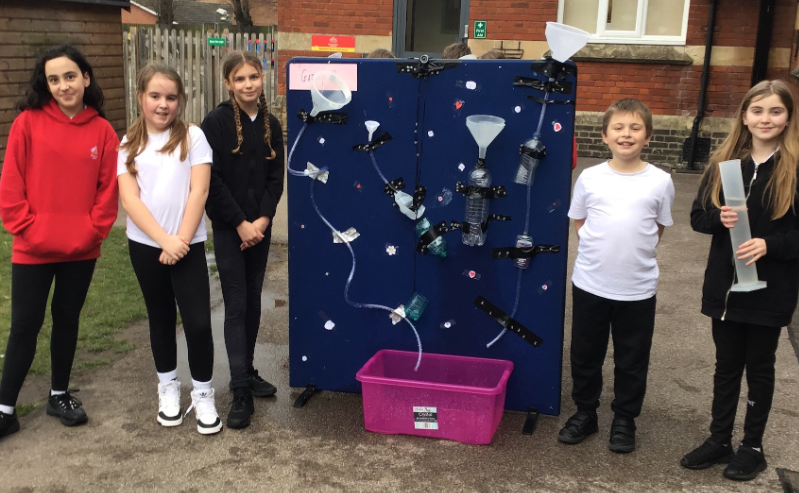
Each child has a workbook in which to record their research, designs and evaluations. These may include notes, annotated photographs, drawings, diagrams and photographs of prototypes and finished work, as well as students’ evaluation of the projects which they undertake. This will ensure that teachers and pupils alike can easily identify progression in knowledge, process and application of skills.
BBC Bitesize is a great resource for a range of video clips, games and activities related to Design Technology. The following links will take you some great resources for you and your children to explore. Key Stage 2 (KS2) children are in Year 3, 4, 5 and 6. Key Stage 1 (KS1) children are in Year 1 and 2. Early Years children are in our Nursery and Reception classes.
KS2 Design and Technology - BBC Bitesize
KS1 Design and Technology - BBC Bitesize
Early years - England - BBC Bitesize Look at the Knowledge and Understanding of the World section.
Mrs Sangster is the subject lead for Design Technology, across the academy.

